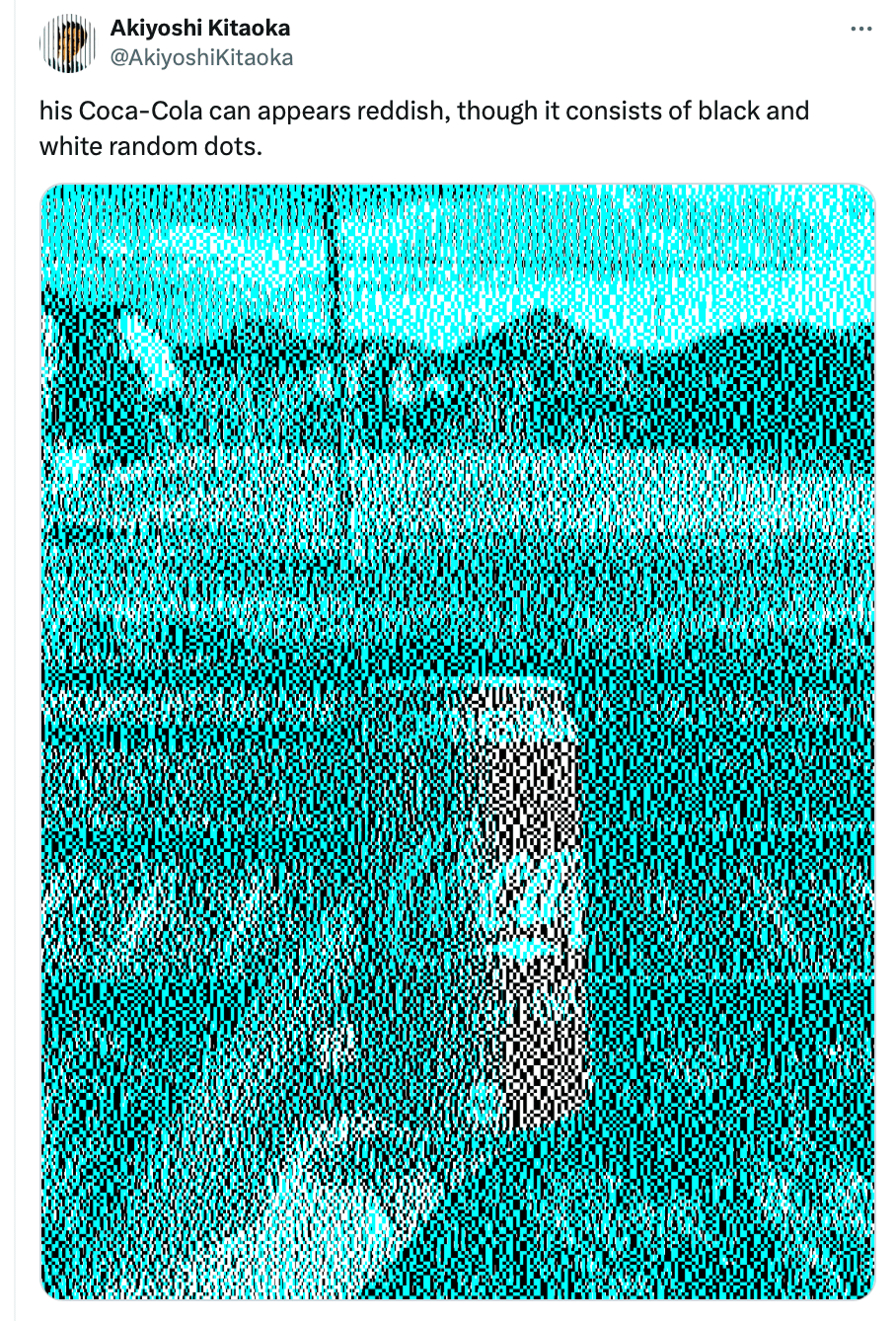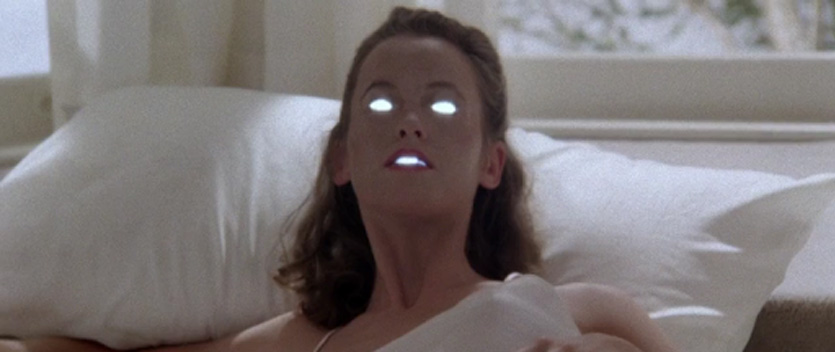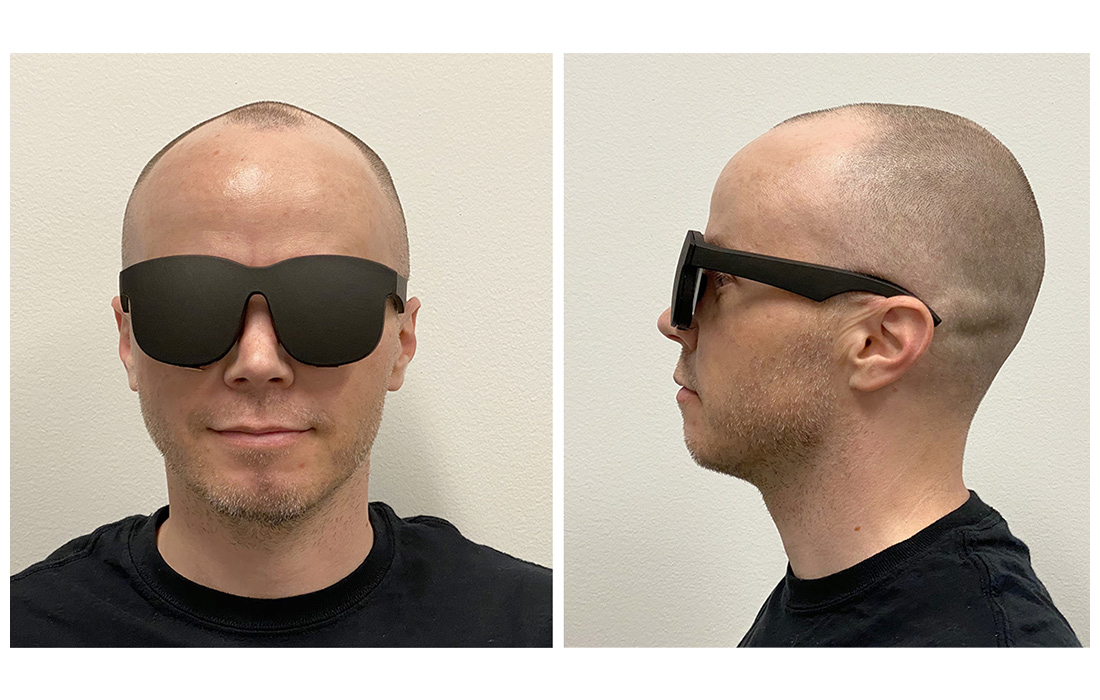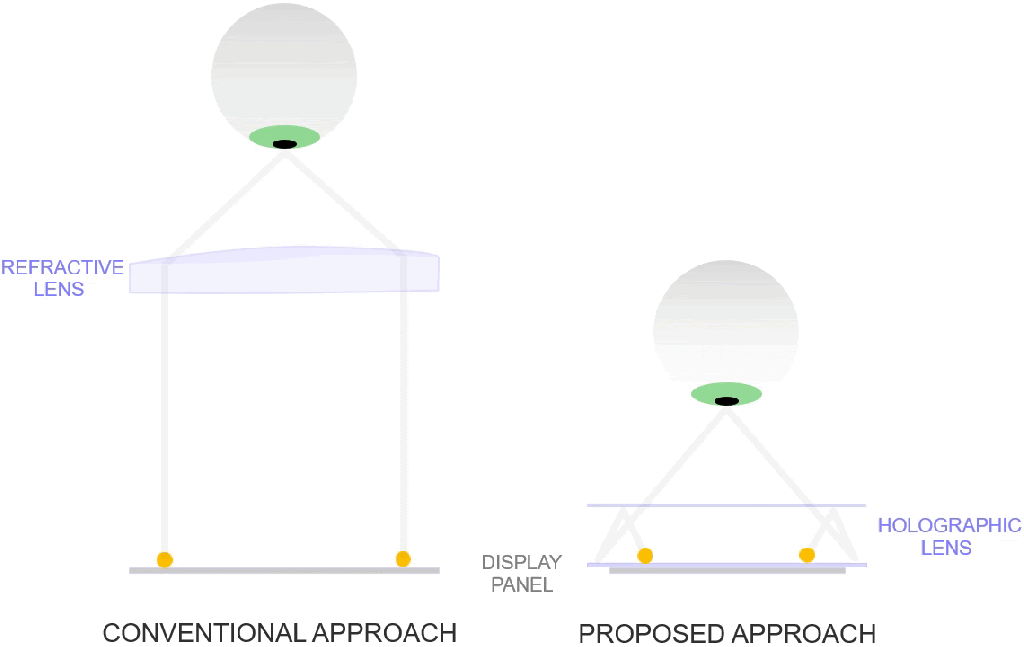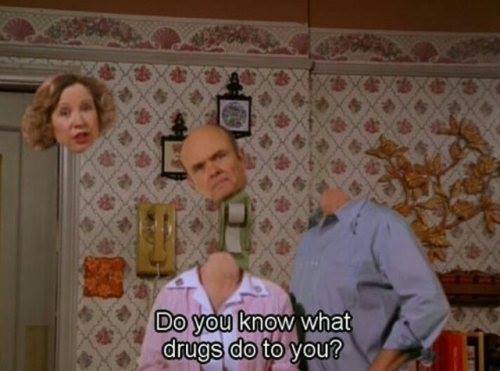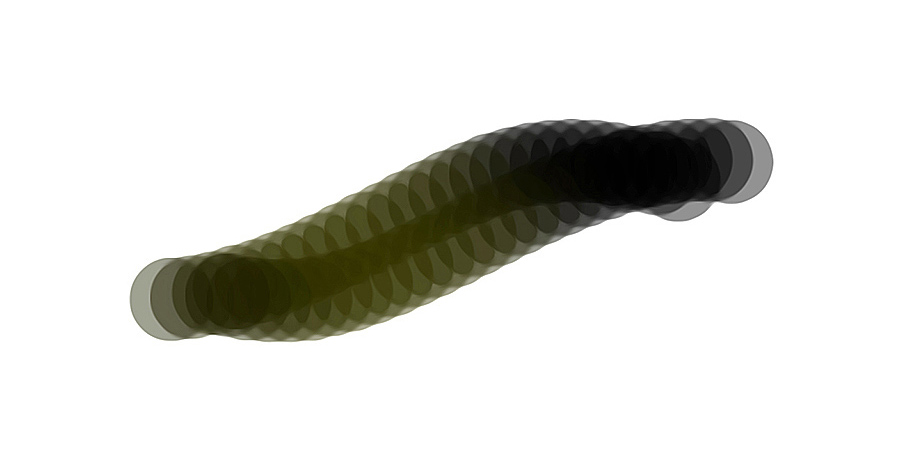If an event is highly probable, it carries less information, whereas a less probable event carries more information because it’s more surprising.
The external appearance of the human eye has been prominently stated to be unique among primates, owing to the conspicuous contrast between its iris and the widely exposed white of the eye that surrounds it. […] The eye morphology of our species has been proposed to be functionally interwoven with an array of uniquely human behaviours such as triadic joint action, ostensive communication, and language acquisition. […]
Kobayashi & Kohshima qualitatively examined video stills, photographs and eyeball specimens of 88 primate species to score the degree of peri-iridal pigmentation and relative contrast between it and adjacent tissues, namely facial skin and iris. This resulted in a classification of primate eyes into four types, three of which were considered cryptic. Just the fourth type, which was characterized by depigmented peri-iridal tissues, was considered conspicuous. Humans were the only species assigned to this type.
Kobayashi & Kohshima argued that several purportedly unique features of the human eye (e.g. peri-iridal depigmentation and high width-to-height ratio) made it an exceptionally effective organ for conveying eye gaze signals in social contexts. […] While gaze following in children as well as apes was influenced by both head and eye movement, the latter was found to be of notably greater importance for the human children.
With reference to Kobayashi & Kohshima (1997, 2001) and similar to Emery (2000), Tomasello et al. (2007) argued that the striking appearance of the human eye evolved to enable referential communication based on subtle eye gaze signals alone and to facilitate joint attention, coining the name “cooperative eye hypothesis” (CEH) for this idea. […]
human ocular appearance is now often regarded as “a well-established and widely accepted example of how the human body’s appearance has evolved to facilitate cooperative sociality” (Kee, 2024). […] the relevant papers by Kobayashi & Kohshima (1997, 2001), Emery (2000) and Tomasello et al. (2007) have been collectively cited 4786 times […] most importantly, the CEH has had a vast impact on popular science literaturethe […] CEH has had, and continues to have, an important impact on both academic and non-academic thinking.
Here, we propose to reconsider the status of the CEH as a keystone idea because its central premises have either been greatly undermined, lack convincing support, or were based on flawed assumptions.


